| Author: | |
| Website: | |
| Page title: | |
| URL: | |
| Published: | |
| Last revised: | |
| Accessed: |
Whatever the size of the network, accomodation must be provided for network servers, switching devices and uninterruptible power supply units. This equipment is both vital to the operation of the network and expensive to replace or repair, so it should be housed in a secure location to prevent theft or damage. Ideally, equipment racks or cabinets designed for the purpose of accomodating networking equipment should be used.
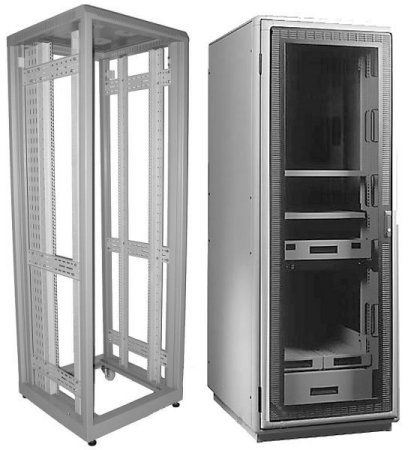
A 19 inch rack (left) and a 19 inch cabinet (right)
A rack is an open-framed enclosure in which equipment can be mounted to provide all-round access, while a cabinet is a paneled enclosure with a door. Both types of enclosure provide two (or sometimes four) vertical rails (or panel mounts) with mounting holes at regular intervals to which equipment (or equipment shelves) can be attached. Most racks are designed to hold equipment that is 19" (48.3 cm) wide, although 24" racks and wider are sometimes used, and height and depth may vary from one enclosure to another. Heights range from 39" (99.1 cm) to 87" (221 cm).
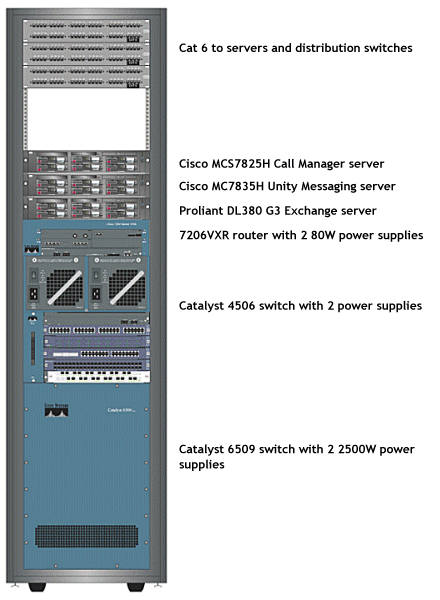
Cisco and Hewlett Packard network equipment mounted in a 19 inch rack
The additional stability of a cabinet might be an advantage if large or heavy items of equipment are to be accommodated. A cabinet also provides some protection against environmental factors such as a dust, and is inherently more secure than an open rack. On the other hand, if frequent all-round access is required to the equipment, or if ventilation is an issue due to heat generation, an open rack might be a better choice. It is a good idea to check the manufacturer?s specifications before installing any equipment to ensure that the accommodation selected will provide an appropriate operating environment. Equipment that must be located in areas that are accessible to the public should be housed in a lockable cabinet. If the equipment will generate a lot of heat, the cabinet should be equipped with cooling fans.
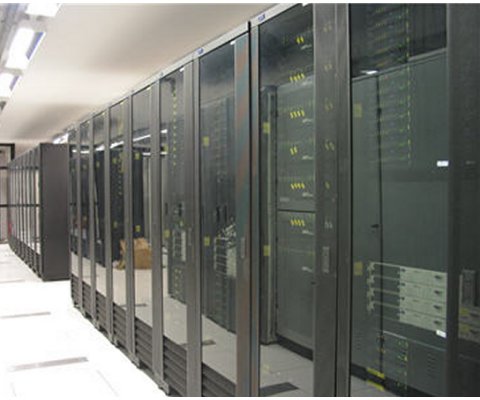
Equipment cabinets in a server farm
Both racks and cabinets are available in a range of sizes, and can be either free-standing or wall-mounted. Free standing enclosures should be bolted to floors or walls for additional stability. Enclosures are usually purchased pre-assembled and are welded together for stability, although cheaper bolt-together versions may be available. When selecting an enclosure, consider the dimensions, weight and type of equipment to be accommodated. The optional extras that may be available for racks and cabinets include fixed or pull-out shelf units, keyboard trays, cooling fans, power distribution strips and uninterruptible power supply (UPS) units. Levelling feet are usually provided, and casters are often available to enable the unit to be moved.
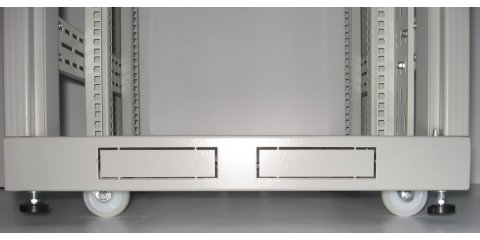
Side view of bottom of enclosure showing castors and levelling feet
The location of equipment enclosures should be such that there is sufficient access to equipment for maintenance purposes, and that due consideration is given to health and safety regulations. Enclosures should not present an obstacle to the movement of personnel or block access to emergency exits. Whether enclosures are wall mounted or free standing, the building infrastructure must be capable of supporting both the enclosure and the equipment to be installed in it. Free standing enclosures should be bolted to the floor or wall.
Equipment is mounted in a rack or cabinet using parallel vertical metal strips, at the font of the rack, called rails. The strips are 0.625 inches (15.9 mm) wide, and are separated by a gap of 17.75 inches (451mm), giving an overall rack width of 19 inches (480mm). Each strip has holes at regular intervals, such that a horizontal pair of holes has a centre-to-centre distance of 18.3 inches (460mm). Vertically, holes are arranged in repeating sets of three, with a centre-to-centre distance of 0.5 inch (13mm), 0.625 inch (15.9mm), 0.625 inch (15.9mm). The hole pattern repeats every 1.75 inches (44mm). Racks are thus divided into regions 1.75 inches (or 44mm) in height, within which there are three hole pairs in a vertically symmetric pattern, with the holes being centred 0.25 inch (6.4mm), 0.875 inch (22.225mm), and 1.5 inch (38mm) from the top or bottom of the region. Such a region is commonly known as a "U" (for unit), and heights within racks are measured using this unit.
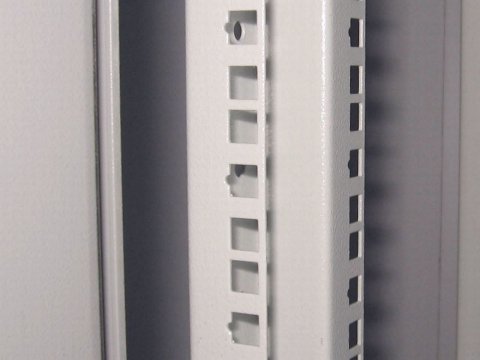
Close up of vertical rail in an enclosure showing mounting holes
Rack-mount equipment is designed to occupy some integer multiple of U. Rack-mount computers, for example, are most often either 1U or 2U high.
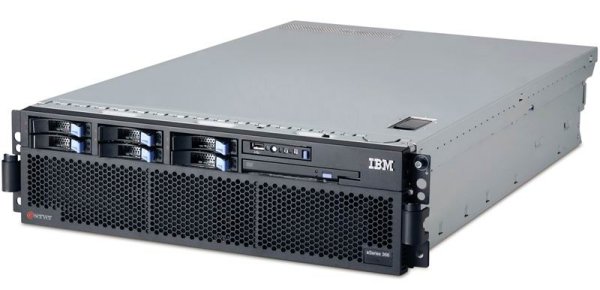
A 3U IBM rack-mount server
Racks with plain square holes are common. They allow boltless mounting, but can be adapted for use with bolts by the use of cage nuts (a spring steel cage designed to clip onto a square mounting hole, with a captive nut within it). Equipment is usually mounted by bolting the front panel of the equipment to the rack. For heavy equipment, additional support may be required at the back of the unit, in which case a second pair of rails may be employed. Spacing between the front and back rails varies, but 800 mm is typical. The mounting strips are usually steel, with a thickness of around 2 mm. The installation of heavy items of equipment is often easier if it can be slid into the enclosure on horizontal rails mounted in the enclosure, and then optionally bolted to the rack to prevent movement. Most rack-mounted equipment is supplied with a mounting kit that will include the required nuts, bolts and brackets etc.